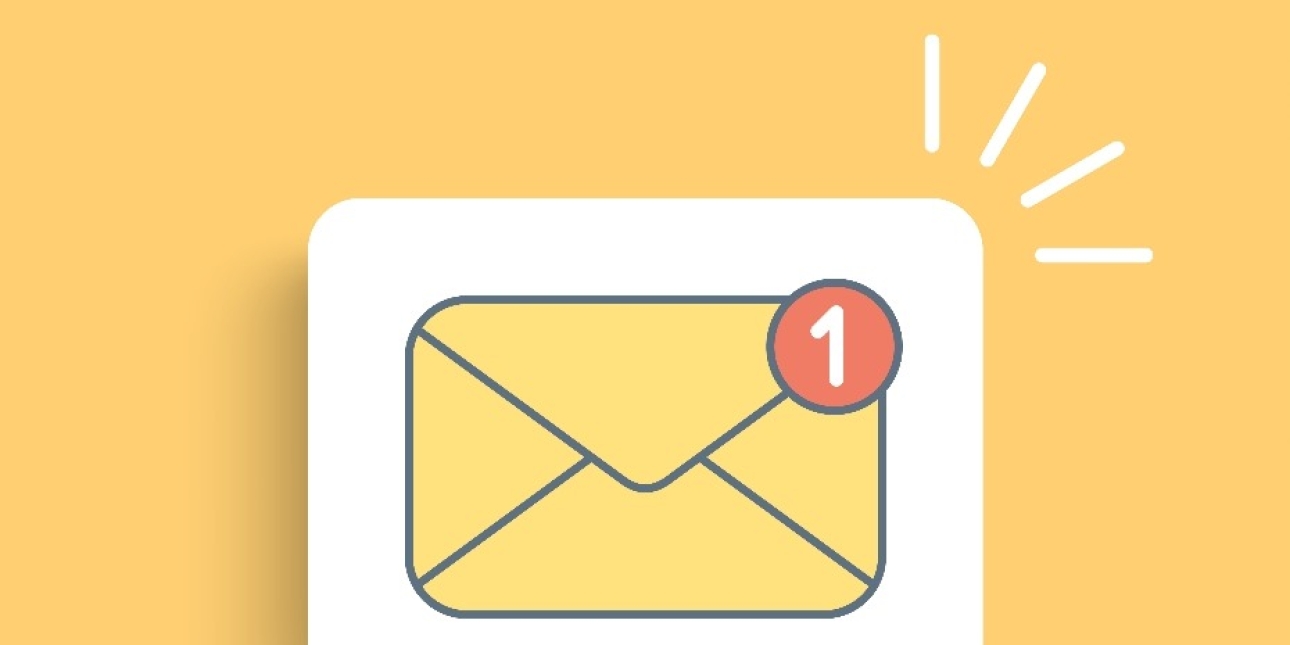PUBLIC RELATIONS
Thursday 3rd June 2021
Brand versus activation – why marketers must know the difference to drive email engagement
Marketing terminology – there’s so much of it and even the slightest misunderstanding can lead to your digital comms being poorly received and heading straight for the Junk folder.
When it comes to email marketing, you’re likely being tasked to get several campaigns out swiftly and they must be impactful. So, knowing when to send plain text and HTML messages, the difference between spamming versus cadence, and understanding the metrics that matter – and the vanity measurements to avoid – are all critical elements of being an all-round savvy marketer.
With so much to remember and the pressures that come with being a modern-day professional, as an industry we have a collective responsibility to tackle any misguidances and equip our marketing departments with the tools to understand exactly what each term and action means – and when its best to use them.
So, let’s start with the know-how covering brand versus activation when you’re preparing to nail your next email marketing campaign…
The difference between brand and activation emails
In their simplest forms, a brand email marketing campaign educates recipients and embodies what the organisation stands for. And an activation campaign? That’s all about providing a recipient with ‘buy now’ focused language to get them acting.
For example, if you’re communicating with a base of contacts who you haven’t spoken to before, brand messaging helps to raise awareness of who you are and allows you to demonstrate your USPs. Therefore, offer something for free – such as a guide to download or webinar to sign-up to – and use a passive call to action like ‘read more’ or ‘watch now’ that are both tailored towards your product or service.
Activation comms are much more direct because they come into play when a user interacts – and in fact, they ultimately push brand messages to one side and instead tell customers what their next best action should be. Therefore, the language seems typically harsher in tone and is commercially driven with a call to action of ‘download price guide’ or ‘get your price’.
These comms are all about aiding your audience through the customer journey to help them take that all important next step.
Why you should make your brand comms work alongside your activation messaging
When you layer your digital comms – for example after someone has signed up to your webinar, you should be getting them to download a price guide, and then book a demo, and so on – your messaging becomes more powerful and laser-beam in its focus because it ultimately gives purpose to your digital comms.
At present, there is still too much brand or activation emails our industry is pushing out meaning brands are either trying to get people to join free webinars all day long – and making little to no ROI from these extensive efforts – or having recipients completely ignore their more commercially-driven messages.
Tap into the powers of marketing automation to truly understand how a brand campaign can run alongside an activation campaign and respond positively to a user’s engagement. With such a tool, you can trigger your activation comms at the right time, to the right person, and with the right message and nail your next email sequence.
Adam Oldfield is managing director of marketing automation platform Force24.

